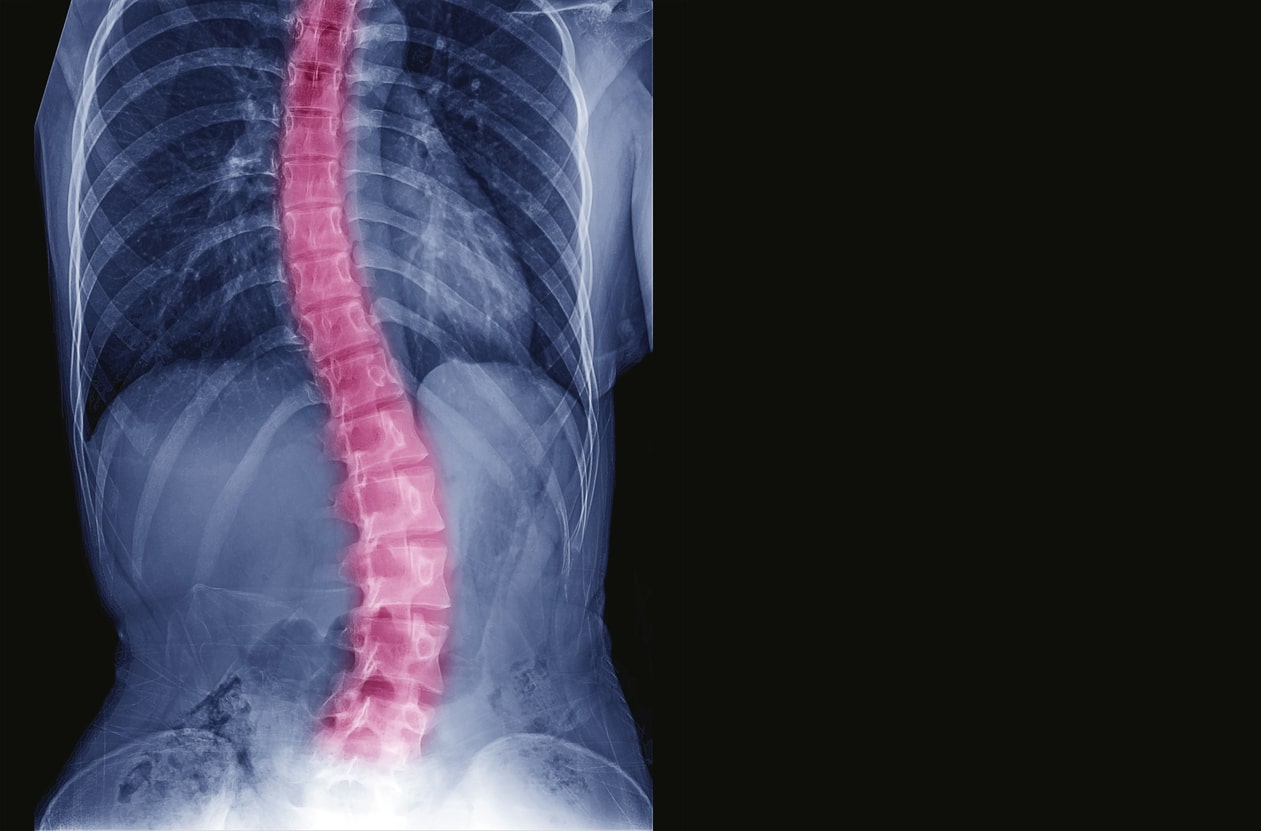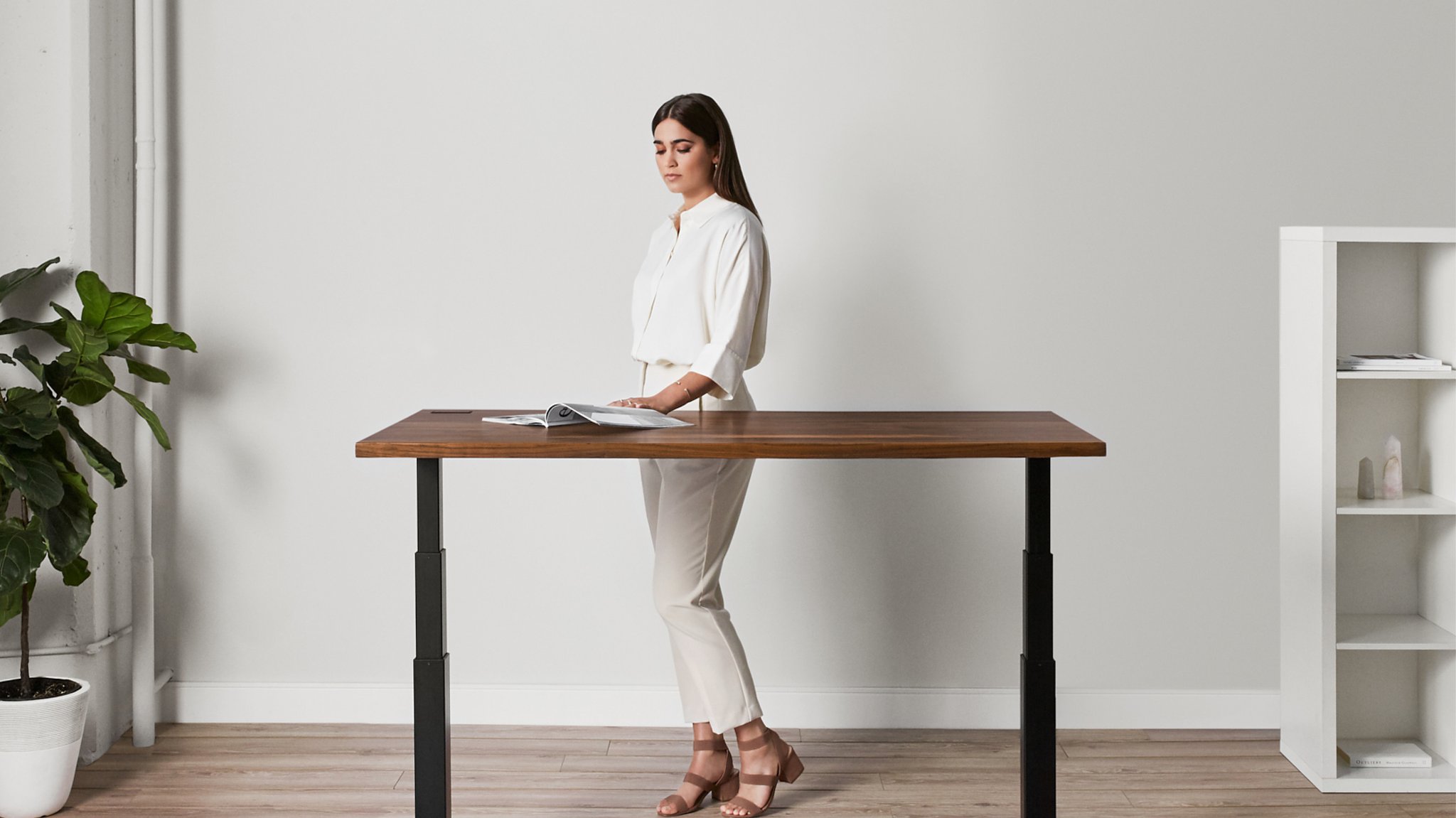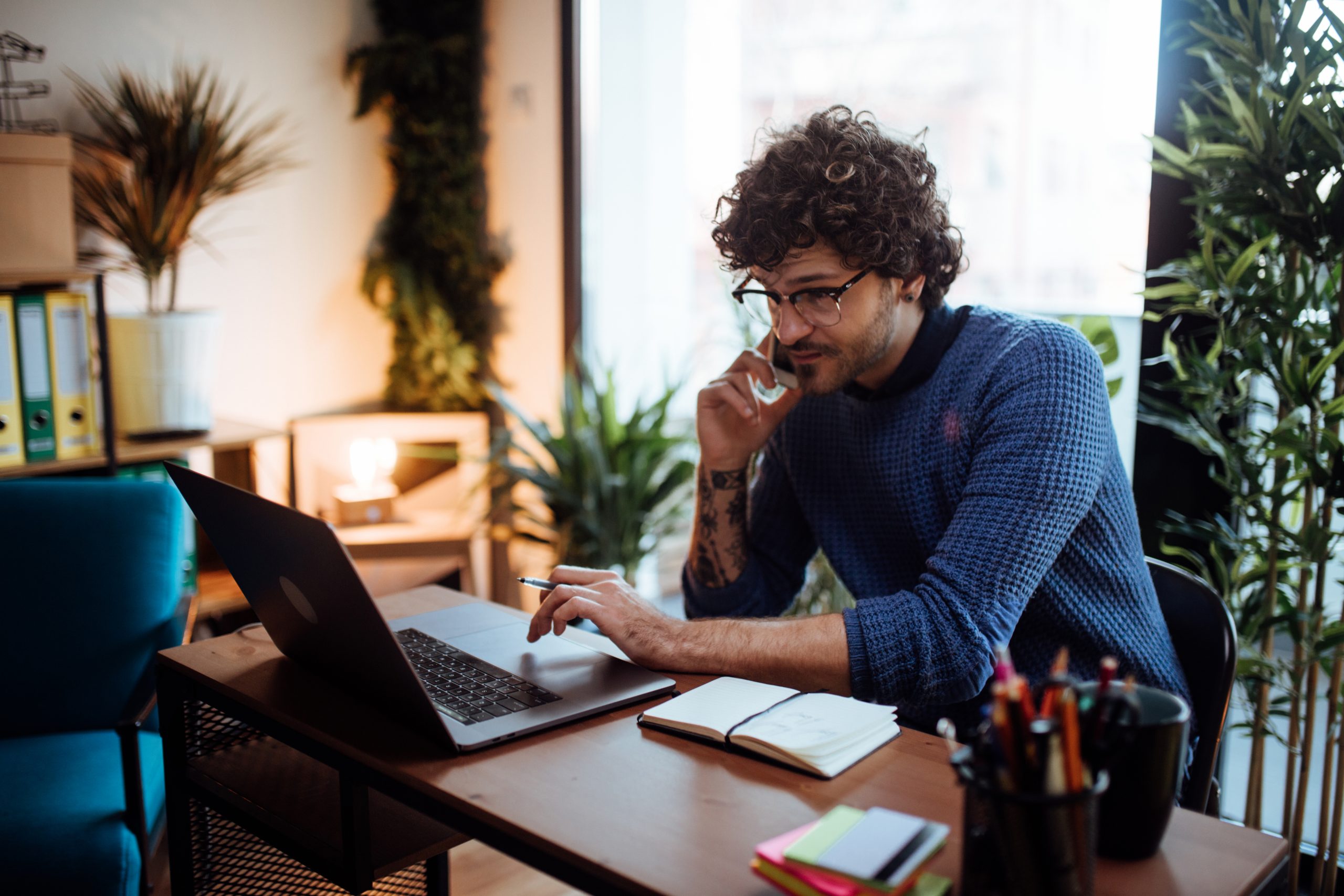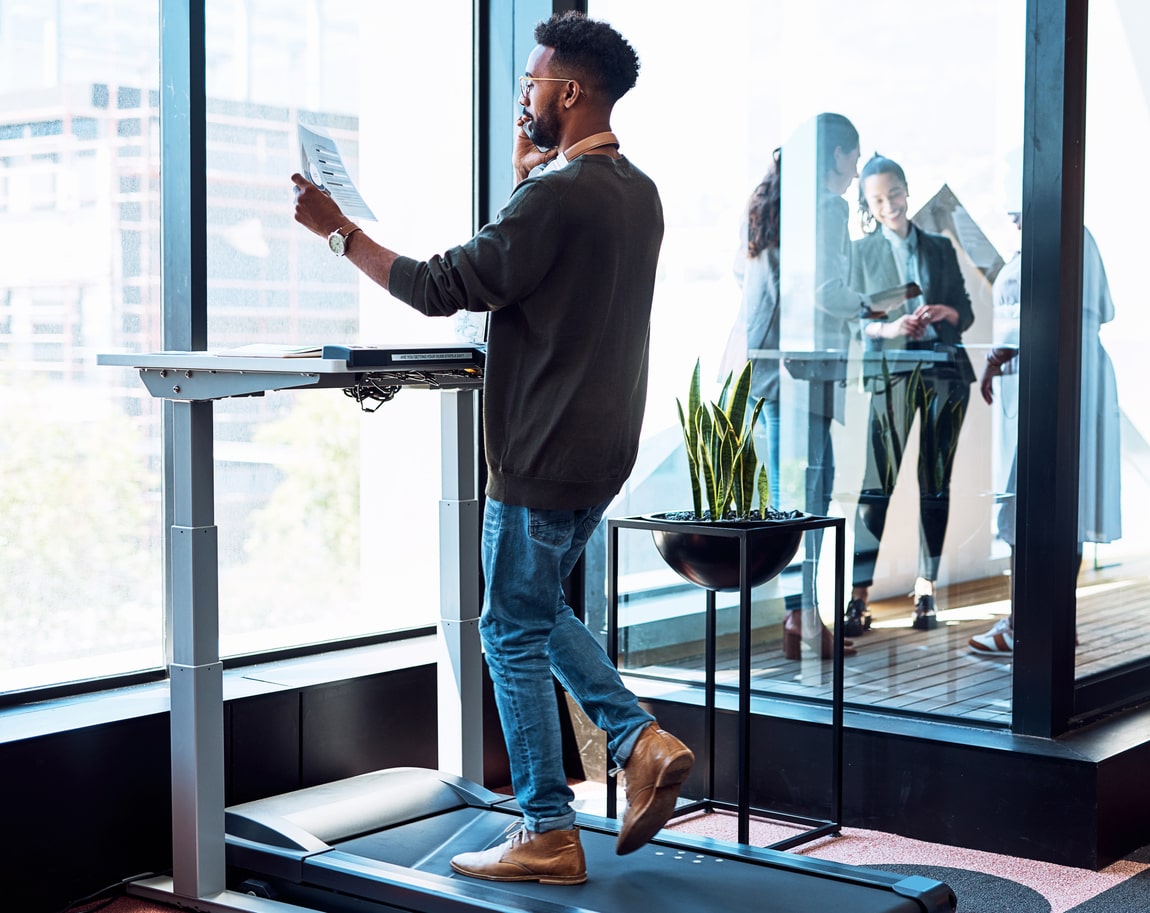
We are shining a light on the silent majority (80% of the population in their lifetimes) who suffer back pain. These people will tell their stories on how they diagnose, treat and live with backs that don’t always do what they should.
1. When (how long ago) did you first have back pain?
Probably when I was about 17. I remember walking home from school and having to curl up on my bed in pain.
2. How did your back pain start?
I was always very active with sports, but I think I maybe overexerted myself with additional free weight lifting and heavy lifting when my body was yet to mature. I was diagnosed with scoliosis in my early twenties – I have an ‘S’ curve in my spine. Whilst this wouldn’t usually be a problem for those with this condition, the (above) mentioned factors, plus long hours at the computer throughout my twenties was a significant barrier to having the right muscle groups strengthen in my back.
3. What sort of back pain do you get?(describe it as best you can)
These days I feel the most pain in my upper back. I get headaches most days of the week and am extremely tense in a number of areas around my body/back. My neck is extremely stiff, my shoulders are tense (I hunch) and I tense my traps up to my ears. I also push my stomach forward and kick my buttocks out due to weak points in my back. The result is very tight areas and occasional sharp pains along the spine, in my lat’s, glutes, lower back, and my hips being uneven causes pain in the quads. I find driving a manual car also places strain on one side of my back, either through changing the gear stick or using the clutch. A computer mouse is always something to be be wary of!
4. For the couple of months after you started getting back pain from scoliosis (if you’ve had it this long or longer), how did you deal with the pain?
I have seen many chiropractors, physiotherapists, massage therapists, done yoga, and always been a big believer of stretching, wherever and whenever I can. I take regular anti-inflammatory medication. More recently I have been undertaking a combined physio treatment session (which includes dry-needling), followed by a Pilates session. I then go home and do more exercises.
5. How has your scoliosis treatment changed from then until now?
Well it has taken years, but I avoid long hours at the desk (I left the corporate office job so as to determine my own hours and the environment in which to maintain my health), stretching when sitting on a plane or after being in the car (up to hour at a time is the most I can handle). At this stage a massage at least once per month, a visit to the physio at least once every two weeks, Pilates and yoga stretches every day are helping me avoid headaches, tension and build up important muscle groups. I am much more selective about what sports and activities I can and can’t do to avoid putting unnecessary stain on my body.
6. What is most effective scoliosis treatment for you?
Pilates has been a big help, but it took me a very long time to find a studio that complemented the more personal approach, which my body needed. My classes have a maximum of three people in them and my physio works closely with me regarding what I can and can’t do (including in these classes).
7. If you use standing as a pain minimizing strategy, how have you incorporated it into your daily routine?
When I stand for short periods, I am more aware of my posture. So I try to switch many times throughout the course of the day i.e. by constantly changing how I sit and stand through out the day. If I stand too long, I also get pain. So I try to integrate at least three majors levels of sitting/bending, standing and reaching throughout my daily routine, including how I have placed items around the home. Having mobile devices has meant I can stay away from the computer longer and working from home has enabled me to use all five rooms to move around depending on the light or reading position required at any particular time. My dogs have been a huge help in keeping me active and distracting me when I have been staring too long into the screen on whatever device it may be. Every hour or so they wake up and want to play so I usually play with them at least 6 times a day rolling around on the floor or playing “chasey”.
The Ultimate Activity For Lower Back Pain
Yoga
Common back pain associated with sitting at a desk for long periods of time is likely a result of three factors: poor posture, tight muscles, and weak muscles. Yoga poses can be easily adapted in a modern context to balance out these factors. The greatest part is that your desk actually works as the ultimate Yoga prop – not only can you do a range of stretches at your desk, but your desk can help you stretch more effectively!”




